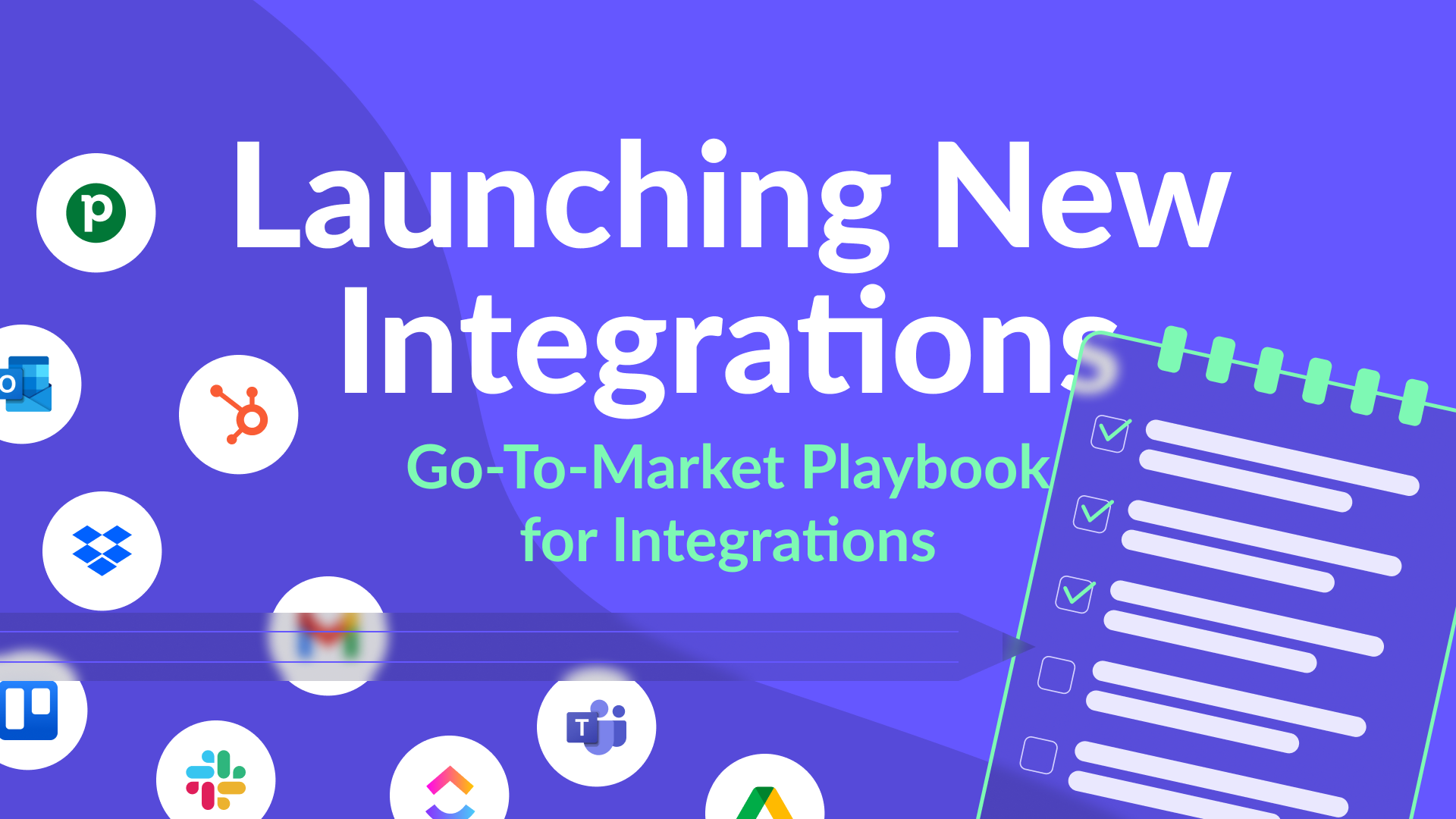
Why Every Integration Deserves a Launch Plan
When potential customers evaluate a new SaaS product, they’re not just looking for another tool – they’re looking for a better workflow. They want to know: Will this solution fit into how we already work? Will it connect to our CRM, our support system, our marketing stack?
In that context, integrations are no longer a nice-to-have. They’re essential. They enable your customers to automate workflows across their existing SaaS landscape — and they often make the difference between winning or losing a deal. A well-positioned integration can boost your conversion rate, accelerate deal velocity, and unlock meaningful revenue growth.
But here’s the catch – most SaaS companies underplay their integration launches. They quietly ship a new connection and hope customers will notice. No campaign, no sales enablement, no updates on the website – just a product line buried in a changelog.
If you’ve invested in building the integration, you should invest just as much in launching it. Because when you do it right, an integration isn’t just a feature. It becomes a story your sales team can tell, a landing page your prospects discover, and a reason your customers stick around.
In this post, we’ll walk through six essential steps for launching integrations with impact — from defining your automation narrative to activating your teams and turning integrations into a driver of growth.
1. Define Your Automation Value Proposition
Before you start promoting integrations, define the automation use cases around your product – from your customer’s perspective. Think in workflows, not in endpoints. Don’t talk tech. Talk about how your app fits into the way your users already work.
Customers don’t care if you’ve built an API connector or support OAuth 2.0. What they care about is whether your app helps them save time, eliminate manual work, or keep their data in sync across platforms like HubSpot, Slack, or Salesforce. Your job is to translate the technical value into a business benefit.
For example, instead of saying:
“We now support a HubSpot integration.”
Say something like:
“New leads from your landing pages can now be synced directly to your HubSpot pipeline to the right sales stage, triggering the next step — no more CSV uploads, no more manual updates.”
That’s not just a feature – it’s a workflow. And often, it’s the reason users upgrade, activate, or switch to your solution.
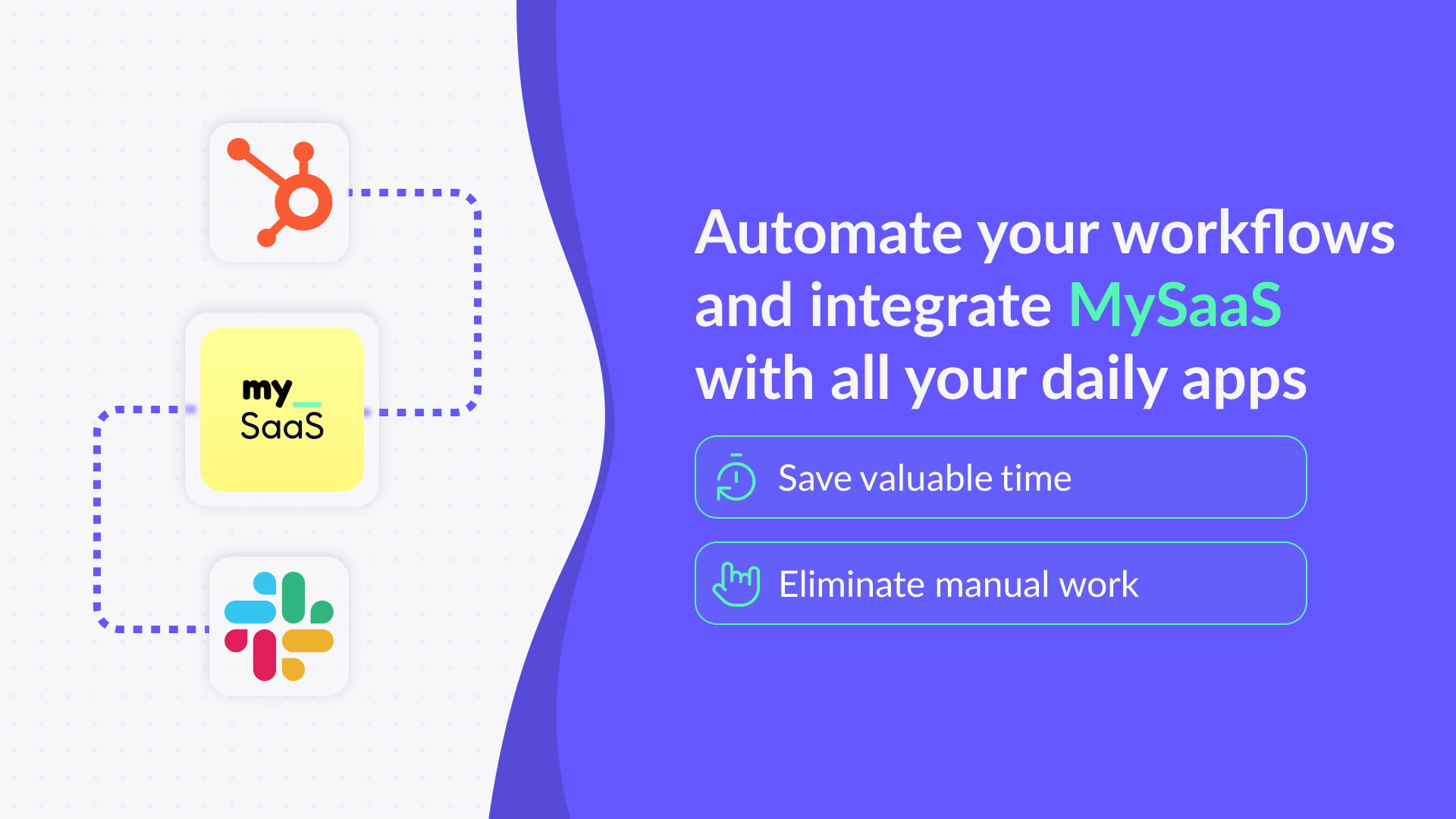
When you define your automation value proposition clearly, you create the narrative your entire go-to-market team can rally behind – from marketing copy to sales conversations to onboarding flows.
If you can sum it up with: “Now you can [achieve X outcome] without [painful workaround]”, you’ve got a winning message.
2. Use Your Website to Turn Integrations Into Leads
Your website is your digital storefront — and one of the first things prospects check is whether your app integrates with the rest of their stack. If they don’t see what they need, they won’t ask – they’ll leave.
Too often, SaaS websites hide their integrations in obscure menus or showcase just a few logos buried at the bottom of a feature page. But if you’re positioning yourself as a workflow enabler, your integration offering deserves real estate – and it can set you apart from the competition.
Begin with promoting integrations directly on your homepage. Even a simple “Works with your tools” section featuring recognizable logos builds instant trust. Logos from platforms like HubSpot, Salesforce, or Google aren’t just informative – they’re credibility boosters, especially if you’re a smaller or emerging provider.
Then guide visitors to a dedicated integration overview page – your own version of an app marketplace. A well-structured catalog should include category filters based on use cases (like Lead Gen, Sales Enablement, or Reporting) and a dedicated landing page for each integration that highlights the use case, key benefits, and how to get started.
SaaS buyers instinctively look for ‘Integrations’ or ‘Apps’ – don’t make them hunt. Lead them straight to the value. To make it easy to find, add a direct link to your integration catalog in the main navigation bar and your website’s footer. Make it a permanent part of your navigation – not a temporary launch banner.
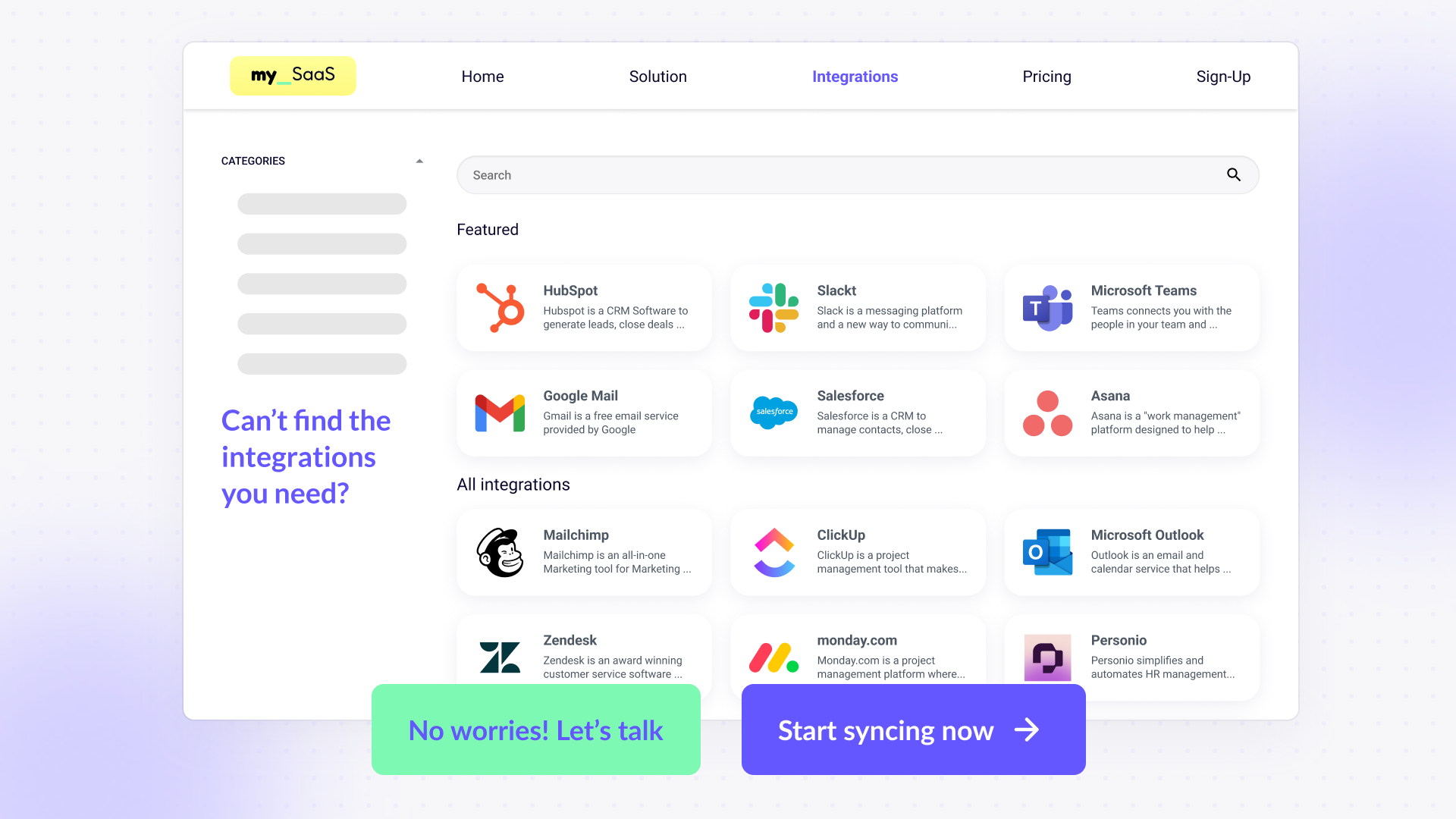
These integration pages don’t just help with conversion – they’re powerful SEO and SEM assets. A well-optimized “{Your Product} + New leads directly in your Pipedrive” page can bring in high-intent traffic. If you’re not ready to build out dozens of pages, start with five and expand step by step.
And don’t be afraid to show integrations that are still on your roadmap. Be bold. Create demand. If a prospect asks, “Do you plan to support X?” you want to be able to say, “It’s already in the pipeline.”
Lastly, every integration page should include a clear, visible CTA:
“Start syncing now.”
“Talk to our team.”
“Can’t find the integration you need? No worries — let’s talk.”
The goal isn’t just to inform — it’s to start conversations, generate leads, and turn integration visibility into growth.
3. Create Awareness Through Content and Social
Once your integration is live, it’s time to promote it. Every new integration deserves its own spotlight – especially across your social media channels. It’s worth making a post for each individual app integration. The diversity of your integrations is a content opportunity in itself. That could be
-
- launch a blog post,
- publish a use-case article
- or present short product video.
What matters most is that it explains why the integration exists and what problems it solves. The goal isn’t just to say what you built — it’s to explain why it matters.
Instead of posting:
“We’ve launched our Trello integration.”
Say something like:
“You can now connect your deal pipeline with your project board in one click. No more copying data between tools. Just smooth handoffs, every time.”
Once your content is ready, share it across all your owned channels. Post on LinkedIn — not just via your company page, but through individual team members too. Encourage product, sales, and marketing folks to reshare or comment. Tag the partner company, tag relevant team members from that app, and include a visual or short clip of the integration in action.
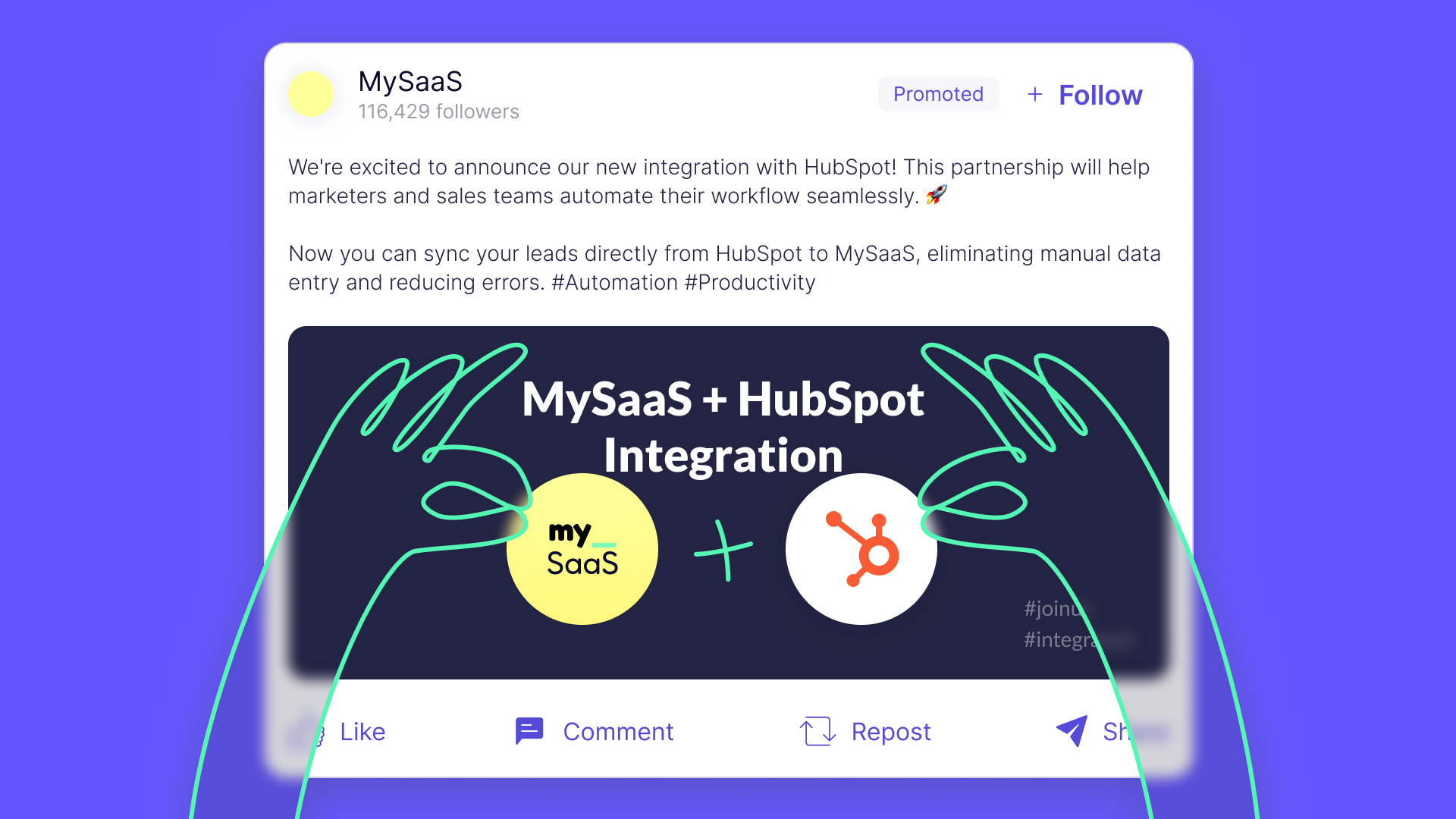
This isn’t just about reach – it’s about credibility. When your integration partner engages with your post, you borrow their brand equity and signal legitimacy to your audience.
And don’t stop at your own network. If you’re active in Slack groups, LinkedIn communities, or product-specific forums, consider sharing your announcement there – especially if you tie it to a real-world use case or invite feedback.
At the end of the day, it’s not about being promotional. It’s about being helpful.
“Here’s what we built – and here’s how it could save you time.”
4. Unlock Revenue from Your Existing Customers
Your existing customer base is one of the most overlooked revenue opportunities when it comes to integrations. These users already trust your product – and you have a direct line of communication with them. That’s powerful.
You can generate additional revenue by selling upgrades through feature gating, placing integrations behind higher-tier plans. And when customers connect your app to their wider SaaS stack, you increase retention – because integrated users are far less likely to churn.
This isn’t just about retention – it’s a repeatable and measurable growth lever. That’s why every integration launch should include a targeted customer campaign.
Start by identifying the customer segments most likely to benefit from the new integration. Are they using HubSpot, Salesforce, or other connected apps? Are they still handling key workflows manually?
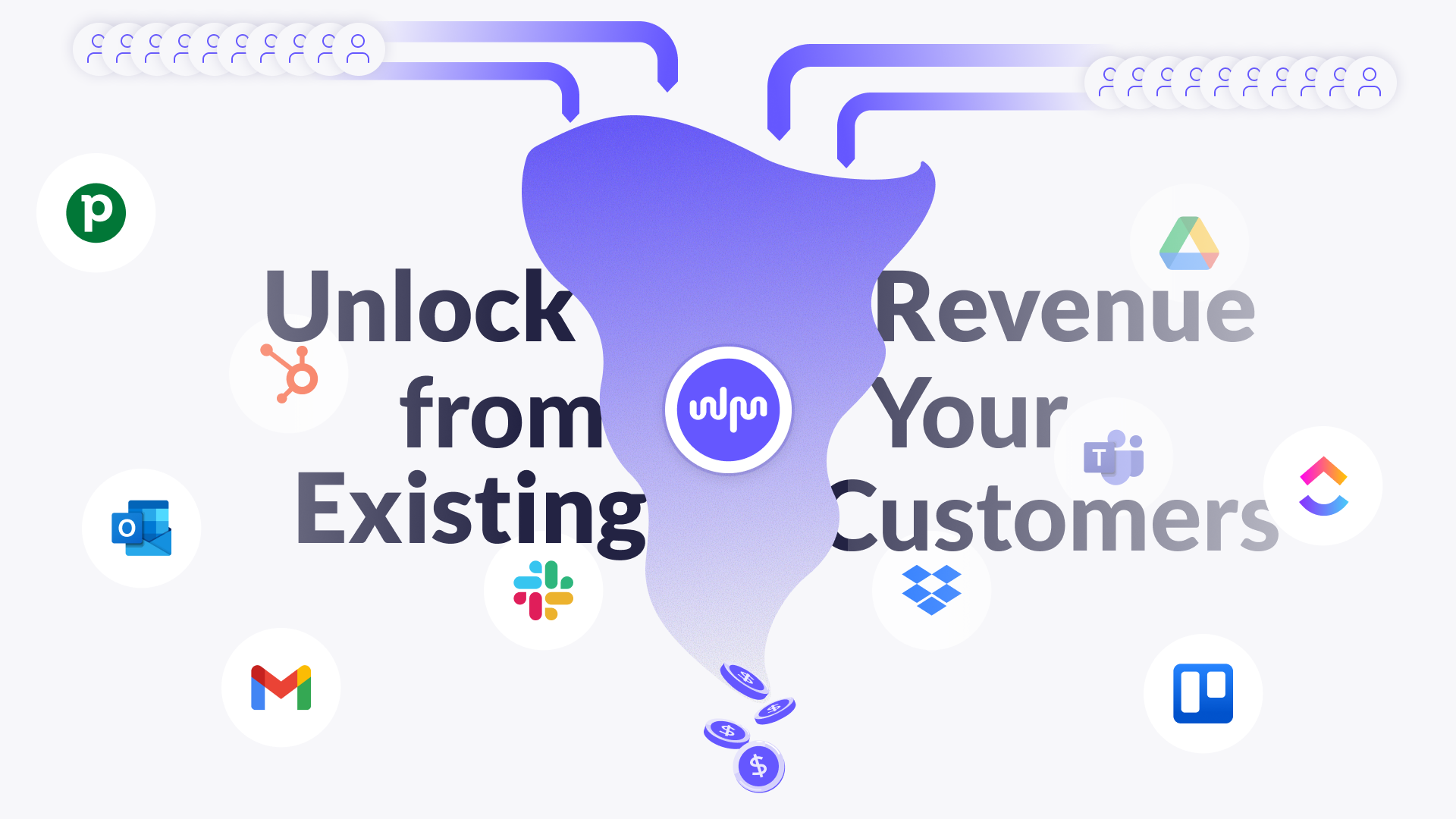
Then craft a focused campaign:
- Send a segmented email to the right audience.
- Offer a webinar or live session to walk through the new integration in action.
- Use in-app notifications or tooltips to drive discovery and engagement.
Set clear KPIs: activations, upgrade rates, expansion revenue, or adoption by key accounts. This is not a brand play – it’s a revenue campaign. One that’s fully under your control.
Your customer base isn’t just about usage anymore. With the right integration message, it becomes a reliable driver of growth.
Unlock Your Embedded Automation Potential.
Deliver real value—launch automations with all the integrations your customers need, embedded directly in your app within days.
Start Now
5. Train Your Reps to Sell the Automation Story
Too many SaaS teams still treat integrations as technical features – not strategic selling points. But your sales team is on the front line. If they can’t confidently speak about your integrations, you’re leaving revenue on the table.
To make integrations successful, it’s crucial to brief your reps and train them to pitch each integration alongside your broader workflow automation story. Sales reps get integration-related questions all the time. A clear overview and messaging guide isn’t just helpful — it’s a deal accelerator. And they’ll appreciate it – because when they understand the value, they close faster.
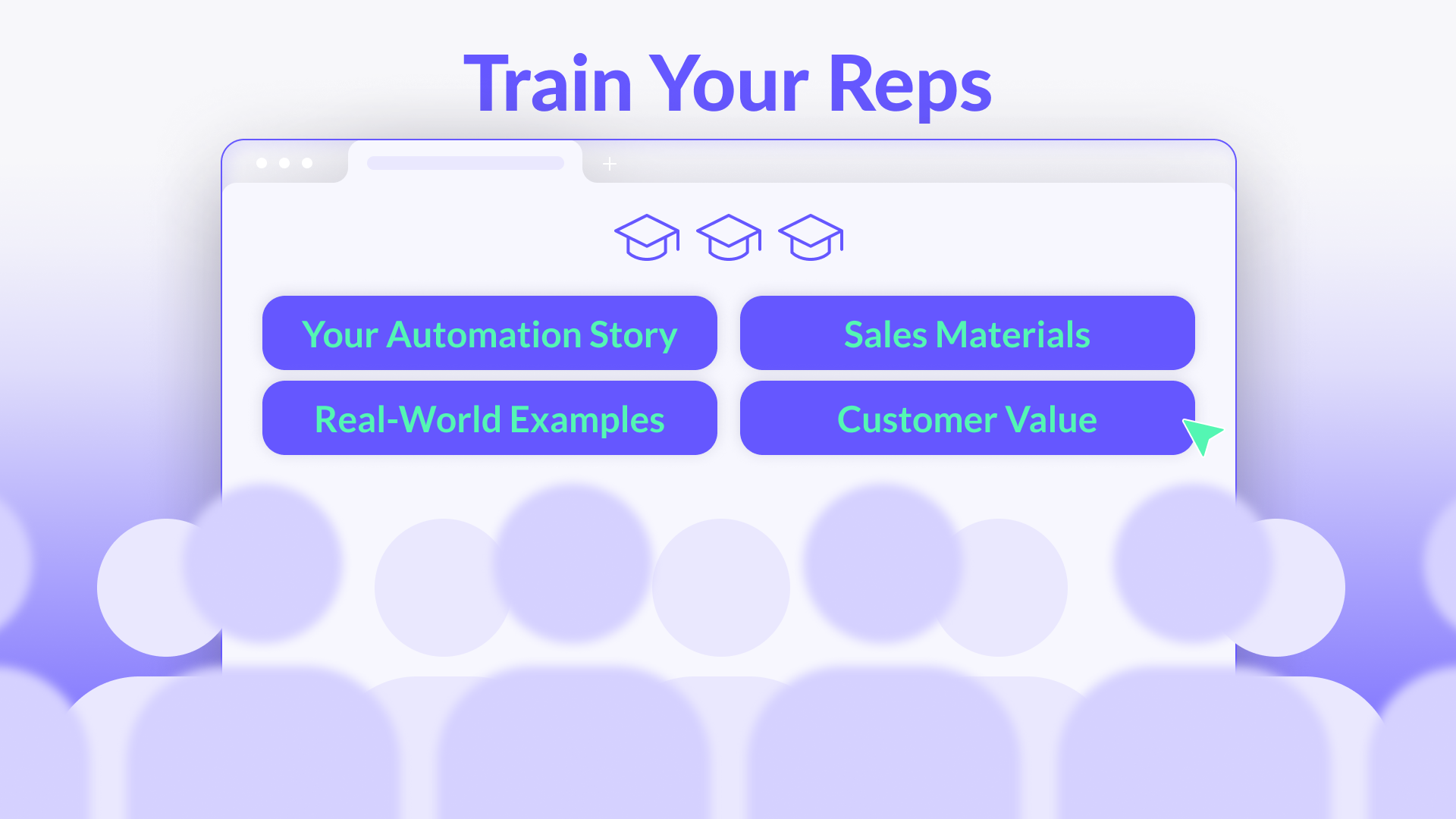
It’s all about framing:
When you position integrations around real workflow improvements, your reps sell value, not features. And that’s how you win more deals.
Here’s how to make it work:
-
- Host a dedicated sales briefing for every new integration launch. Walk through key use cases, the value proposition, and which personas to target.
- Update your sales materials – slide decks, solution overviews, battle cards – to include your integration stack and automation messaging.
- Add real-world examples of how the integration saves time or improves team efficiency. The more specific, the more persuasive.
- Communicate the goal. Selling integrations isn’t support work – it’s a strategic lever for closing and expansion.
And don’t stop at sales. Your Customer Success team should be in the loop too. When they know what’s possible with your integrations, they can proactively guide customers toward sticky workflows that increase product usage, retention, and upsell potential.
Don’t let your integrations hide in a changelog. Train your team to tell the story – and you’ll turn every new connection into a growth driver.
6. Unlock Cross-Selling Through Integration Co-Marketing
A well-built integration can bring value on its own – but paired with smart co-marketing, it can unlock a whole new audience. Partnering with the provider of the integrated app gives you access to their customer base, their brand equity, and their distribution channels.
The key? Don’t wait for the partner to drive the marketing. Take the lead.
Start by listing your integration in the partner’s app marketplace — especially if they’re a market leader like Salesforce, HubSpot, or Pipedrive. In many cases, this is free or part of a basic partner program. And it’s worth it. These marketplaces are trusted discovery platforms and drive serious traffic.
Next, reach out to the partner’s team. Identify their product marketer or partner manager and share what you’ve already prepared – landing pages, product visuals, customer use cases. Make it easy for them to collaborate.
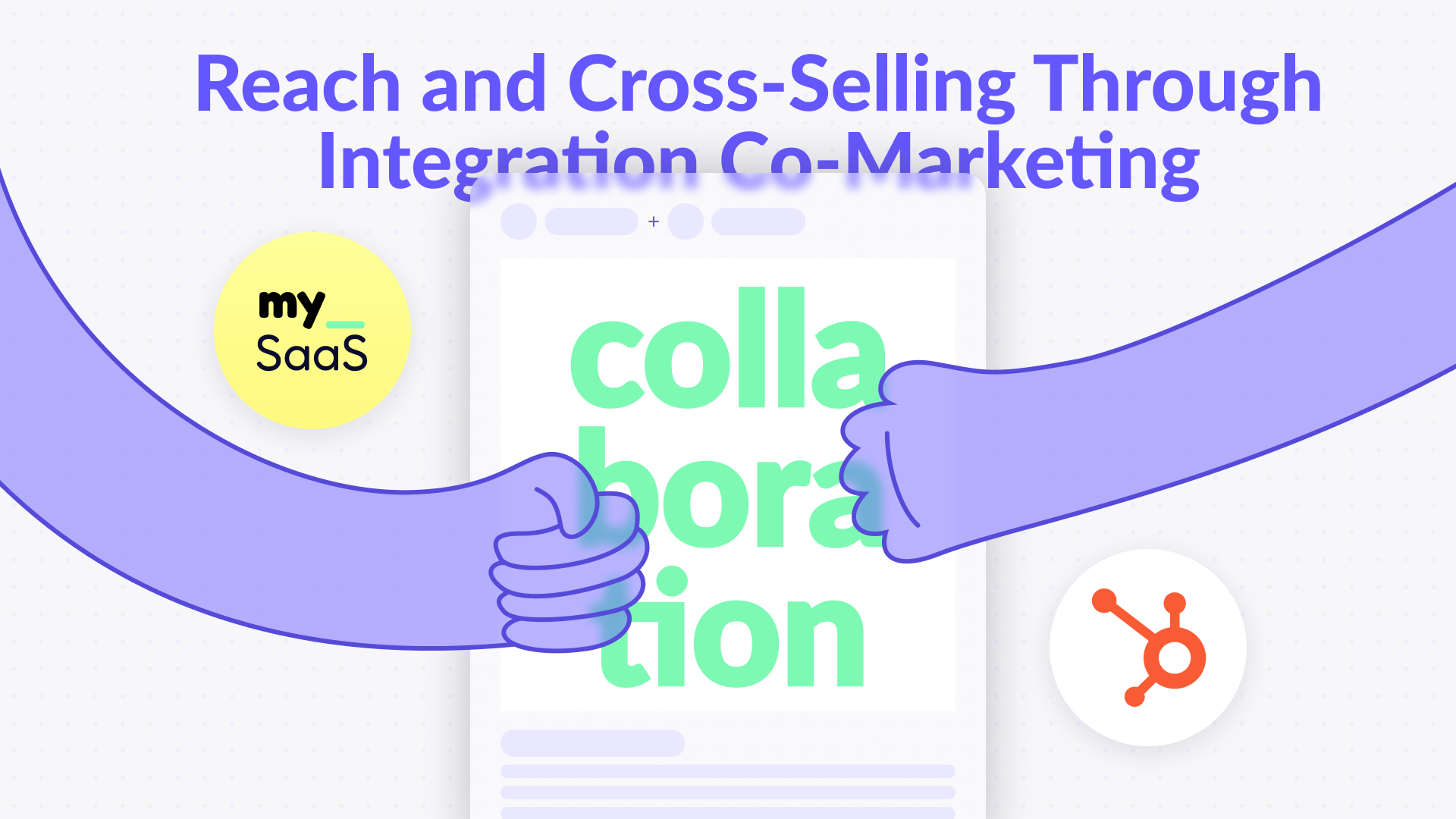
Then propose one or more joint marketing activities:
- A co-branded announcement post on LinkedIn or X
- A joint blog post or newsletter feature
- A shared case study or customer success story
- A live webinar walking through the use case together
You don’t need to overcomplicate things. Even a single shared post with mutual tags can spark credibility, cross-traffic, and leads. And if your partner has a bigger audience than you do, that’s exactly what you want.
Also, be sure to give your partner clear info on how the integration works inside your product – ideally with short copy and screenshots. If they maintain an integration listing or blog, offer to contribute content or visuals they can easily reuse.
Think of integration co-marketing not as a one-off – but as a repeatable playbook. With every new automation use case, you’re not just extending your product’s capabilities. You’re opening the door to new conversations, customers, and growth.
Become the Workflow Enabler Your Customers Need
Integrations are no longer just technical add-ons – they’re strategic growth drivers. They shape how your product fits into your customer’s workflows, how your sales team wins deals, and how your brand gains visibility in the SaaS ecosystem. But launching an integration isn’t enough. You need a go-to-market plan that turns every new connection into a strategic advantage.
From defining your automation value proposition to turning your website into a lead machine, from activating your customer base to co-marketing with your partners – every step you take compounds the impact of your integration work.
The best part? If you use FlowMate as your automation platform, you can accelerate the entire loop. Launch the integrations your customers need in just days – and position yourself as a true workflow enabler without draining your dev resources.
Want to turn your integration ideas into revenue? Let’s talk — and launch your next integration together.
Start Your Growth Journey With Seamless Integration Today
More articles from our Blog
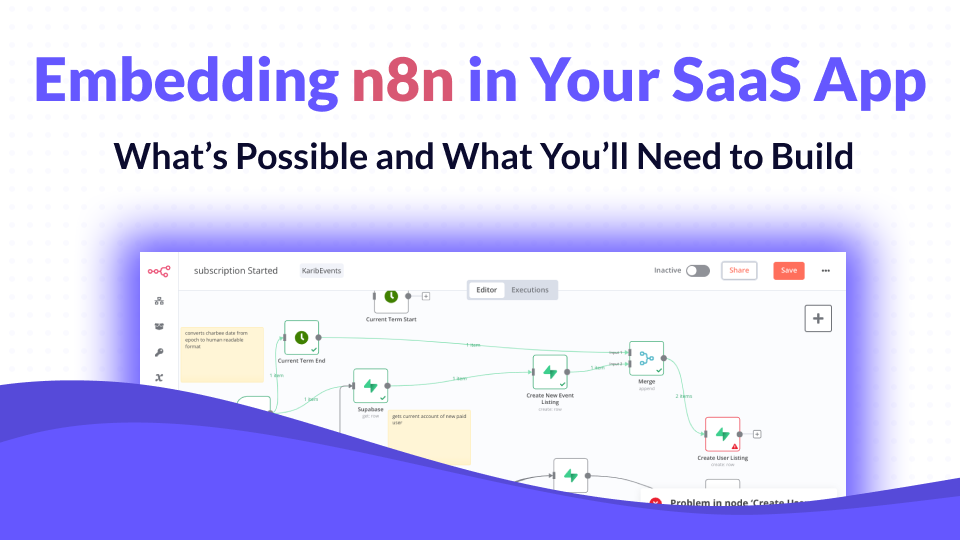
Embedding n8n in Your SaaS App: What’s Possible and What You’ll Need to Build
n8n has become one of the most popular workflow automation tools in the world, open-source, flexible, and developer-friendly. But when SaaS companies try to embed it into their own product, reality quickly gets complicated. In this article, we’ll unpack what n8n can do inside a SaaS product, what it can’t, and what you’d need to build to make it truly work at scale.
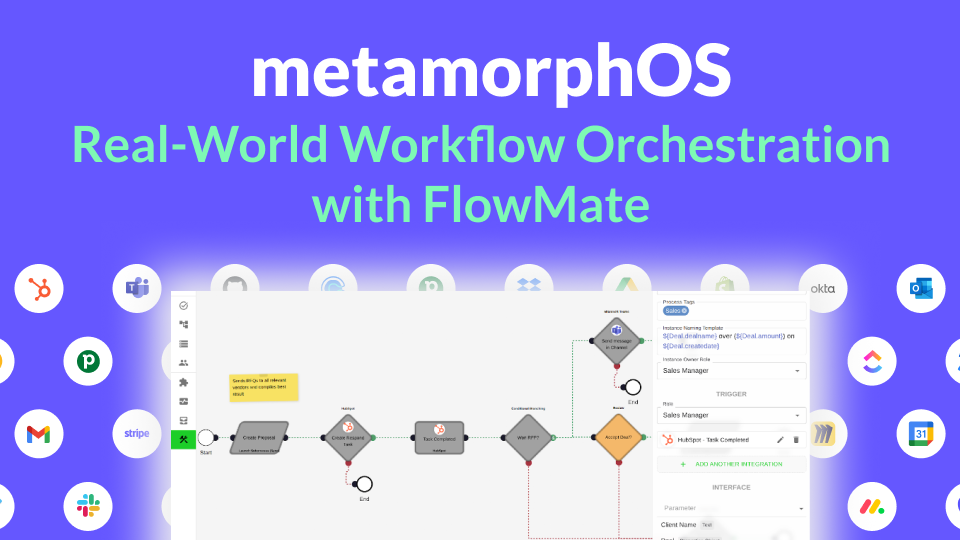
How metamorphOS Uses FlowMate to Power Real-World Workflow Orchestration
Discover how metamorphOS powers real-world workflow orchestration with FlowMate. By embedding FlowMate’s automation and integration engine, metamorphOS connects people, AI agents, and apps into seamless business processes. Learn how this partnership turns complex, manual workflows into scalable, automated success.
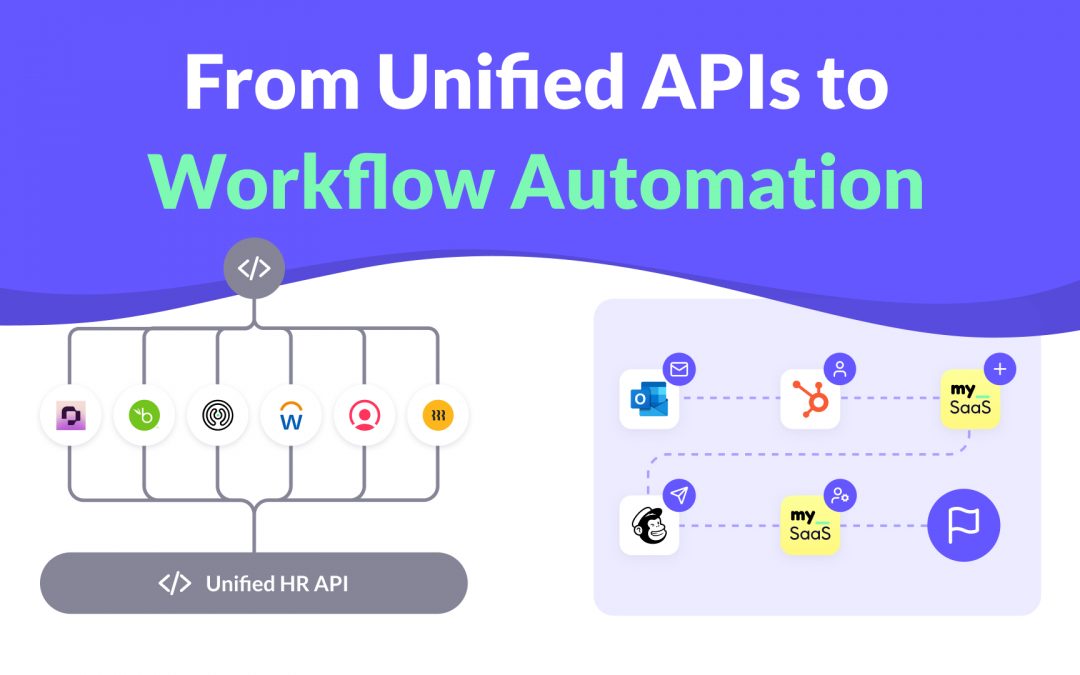
From Unified APIs to Workflow Automation
Unified APIs simplify data access, but modern SaaS products need more. This post explains why syncing data is not enough to deliver customer value and how event-driven triggers, actions, and workflows are redefining integration. Learn how moving from static connections to intelligent automation helps SaaS providers build integrations that adapt to real processes and create real workflow enablement.

Empower Your AI Agent to Execute Real Actions Across Any SaaS Tool
Many SaaS teams are racing to embed AI agents into their products, but most AI agents are starkly limited. Why? Because they lack the infrastructure to take real action across third-party tools. In this post, we unpack what’s missing, why the MCP standard matters, and how FlowMate MCP turns your AI agent into an operator by unlocking real automation across your customers’ stack.

Monetizing Automation & Integrations: Turn Customer Pain into Your MRR
Most SaaS companies underestimate the business value of automation and integrations. In this post, we explore how native automation not only improves product stickiness but also opens the door to entirely new revenue streams. Learn how to boost MRR while helping your customers save money by replacing costly third-party automation tools.

The Missing Piece in SaaS Workflow Automation: Real-Time Integrations
Many SaaS products offer workflow automation within their app—but real-time, event-driven integrations with third-party apps are often missing or hard to implement. In this post, we explore why they’re essential for modern SaaS platforms and how teams can overcome the technical hurdles.

The #1 Sales and Churn Pitfall for SaaS Companies: integrations
In today’s SaaS landscape, seamless integrations are essential for boosting sales and cutting churn. Overlooking them leads to lost deals and frustrated teams. This post reveals why integration is a must-have for driving growth and meeting customer workflow demands.

Why Workflow-Driven Integrations Are Essential for CRM Success
In today’s hyper-connected sales environment, managing workflows isn’t just about using a CRM—it’s about seamlessly connecting dozens of tools that power the sales pipeline. Sales teams rely on CRMs, lead generation tools, contract management software, analytics platforms, and more to streamline their processes and drive revenue.

Mastering 2-Way Sync: The Key to Seamless Data Integration
Picture this: Your customers use Salesforce to manage their sales processes while they use your product to manage customer service and gain unique insights. Without integration, Salesforce data—like deal history or contact details—remains siloed, and your product’s insights can’t flow back to Salesforce.

Your Guide to Solving Customer Integration Challenges Quickly
Solve customer demands in days and empower your sales team to confidently close more deals. FlowMate’s Integration as Link provides instant, branded activation links for new integrations—no development required.

Zapier vs. FlowMate: Choosing the Best Integration Strategy for Your SaaS Business
Zapier vs. FlowMate: Discover how these two platforms serve different needs for SaaS providers. Learn why combining external automation with native, in-app integrations can enhance user experience, boost revenue, and strengthen customer loyalty. Find out which approach works best for you!
Get all integrations you need always up to date
Access over 120 pre-built integrations for rapid connectivity with your SaaS. Get integrations from our roadmap tailored to your requirements in the short-term. We create any integration you need using public APIs by arrangement, ensuring your integration needs are met swiftly and effectively.
